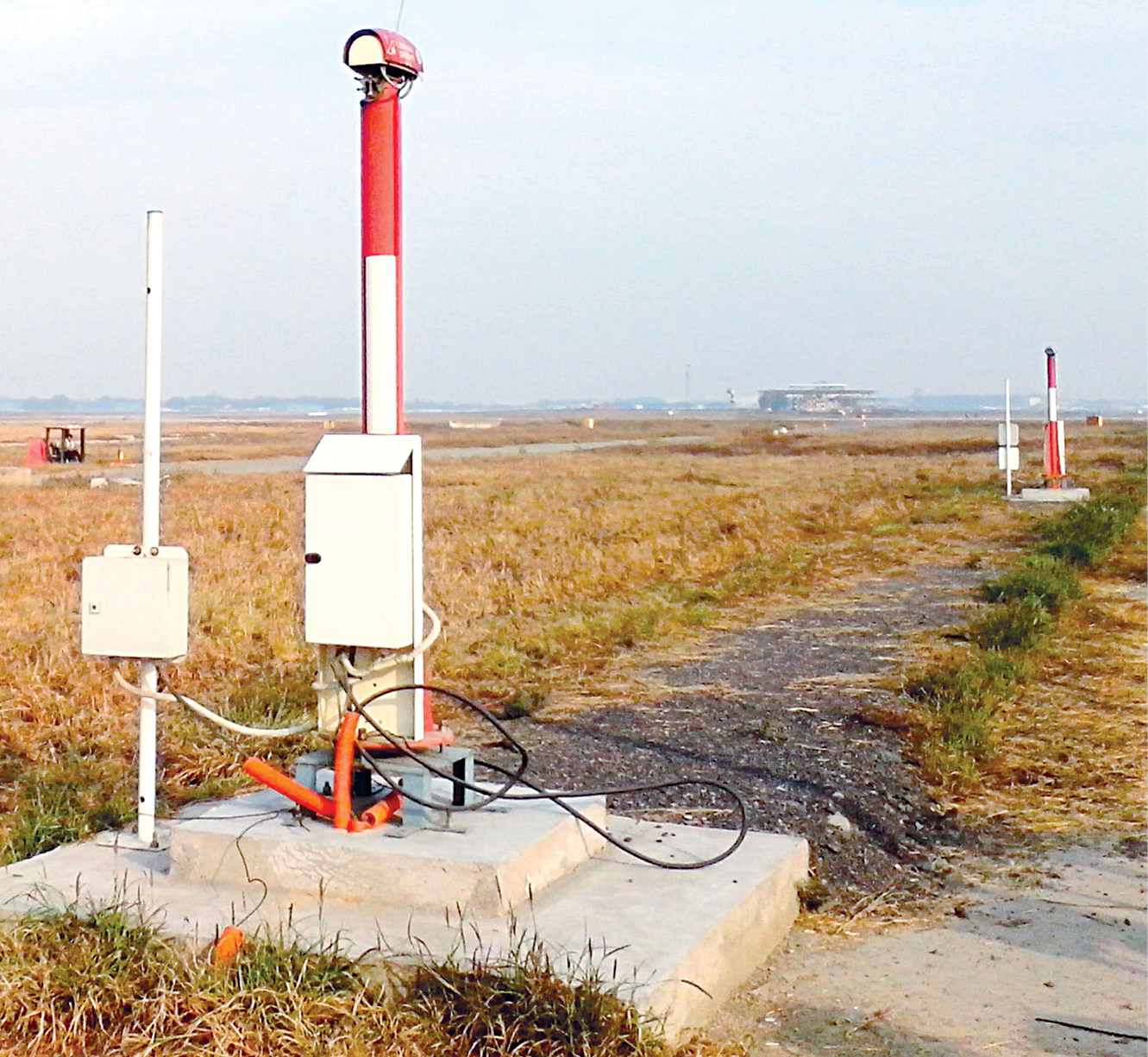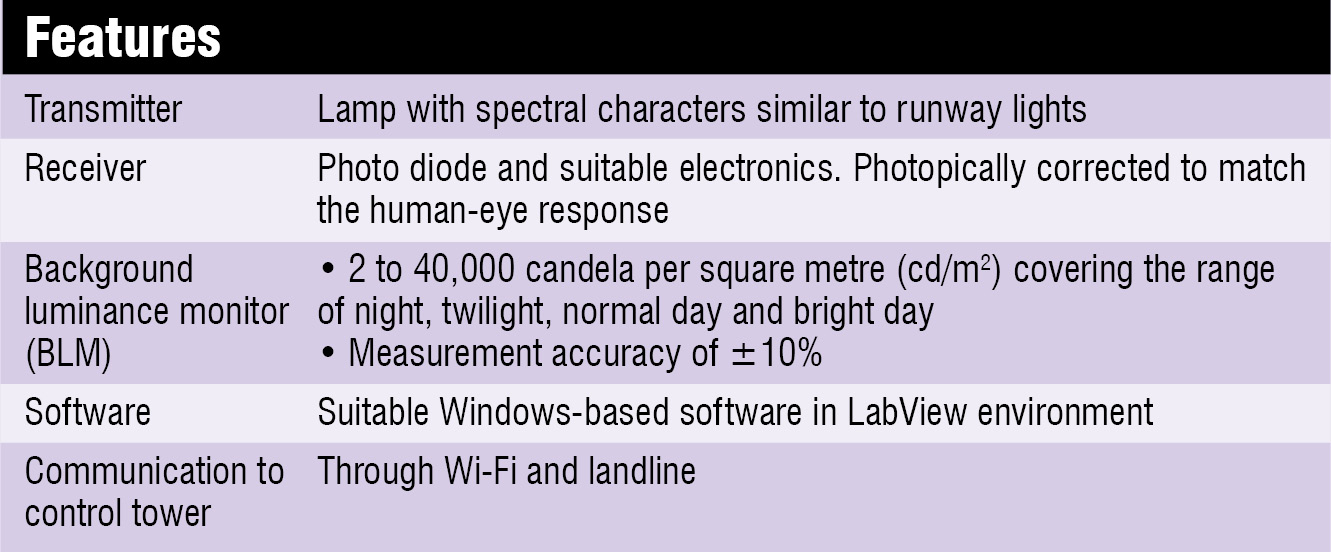Visibility on the runway is extremely important for safe landing and take-off of an aircraft. Hence visual-range accessors are mandatory for all airport runways.
Till now the transmissometers used in Indian airports were imported. The requirement of a highly-accurate, cost-effective, low-maintenance, indigenous, state-of-the-art system on par with more-expensive imported systems prompted development of the Drishti transmissometer at CSIR-NAL.

Indigenous, economical and rugged
Drishti is the only indigenously-developed transmissometer of its kind available today. It costs just one-third the price of an imported system, yet gives more precise readings than it.

The device is rugged, has high mean time between failures and is nearly maintenance-free. In fact, the Drishti system installed in New Delhi airport in 2011 has never had a failure or maintenance issue to date!
Virtual instrumentation concept with a combination of modular hardware and software design has made serviceability easier, while weatherproof enclosures (IP65) for the electronics hardware make the system rugged. The availability of complete knowledge base to the component level allows cost-effective servicing and maintenance.
Modern design
Built on an industry-standard FPGA design platform, Drishti makes good use of virtual instrumentation concept. Miniaturised, highly-precise, modular optics with provision for manual and automatic alignment has been used in its design.

The use of electronic modulation technique for modulating lamp intensity and synchronous demodulation technique for improving signal-to-noise ratio make Drishti highly efficient. It is provided with landline and Wi-Fi communication from runway to air traffic control (ATC) room. It also features web-enabled remote accessibility for data and health monitoring of the system from anywhere in the country. The system facilitates automated measurement of RVR (50-2000 metres) and MOR (10-10,000 metres).






